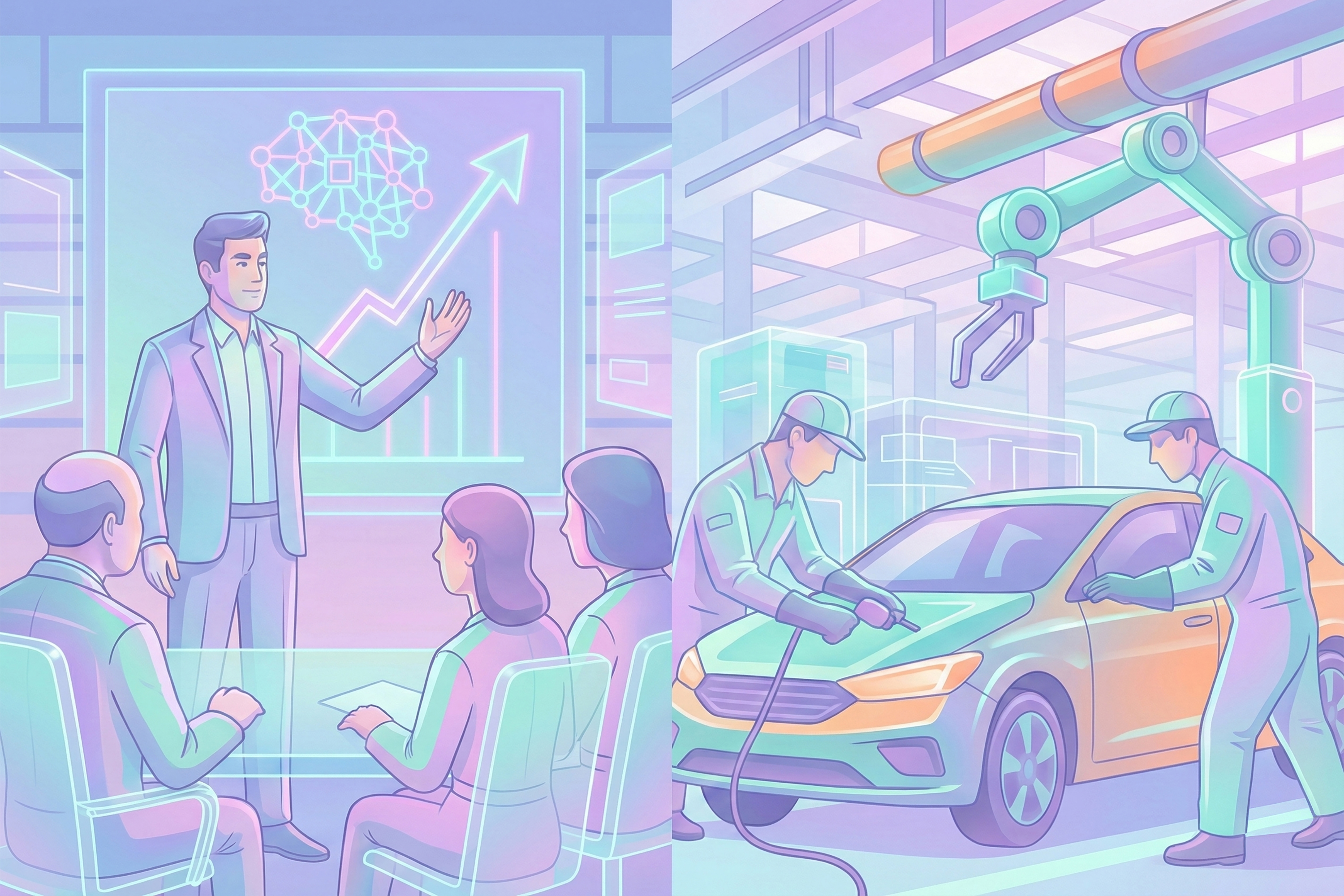
We have been warned about the changing climate and its negative effects on humanity for quite a few years now. Even though science has always stressed the urgency of these interconnected and complex social and ecological crises, human and political action seems to be lacking. Studies show that our moral judgment is not equipped to identify climate action as a moral imperative, which limits our motivation to act. This is caused by the lack of identification with and empathy for future generations and people living farther away. In order to stimulate action, we have to find a way to bring to life a faraway global abstract issue in local and moral intuitions.
Art and imagination might be effective tools to make these issues less abstract. For example, a Dutch Design Week artist exhibited an art piece that used real-time data on earthquakes to move the water in a transparent installation. This makes natural disasters that happen elsewhere more tangible. Another example is the Our Time on Earth exhibition in London, which used art installations to portray human interconnectedness with worldwide (natural) ecosystems. This exhibition tapped into the hopefulness and optimism of many visitors, thus motivating them to take climate action. In that sense, art and imagination can be tools to stimulate, rather than our reason, a more intuitive response to this complex and multidimensional crisis.

